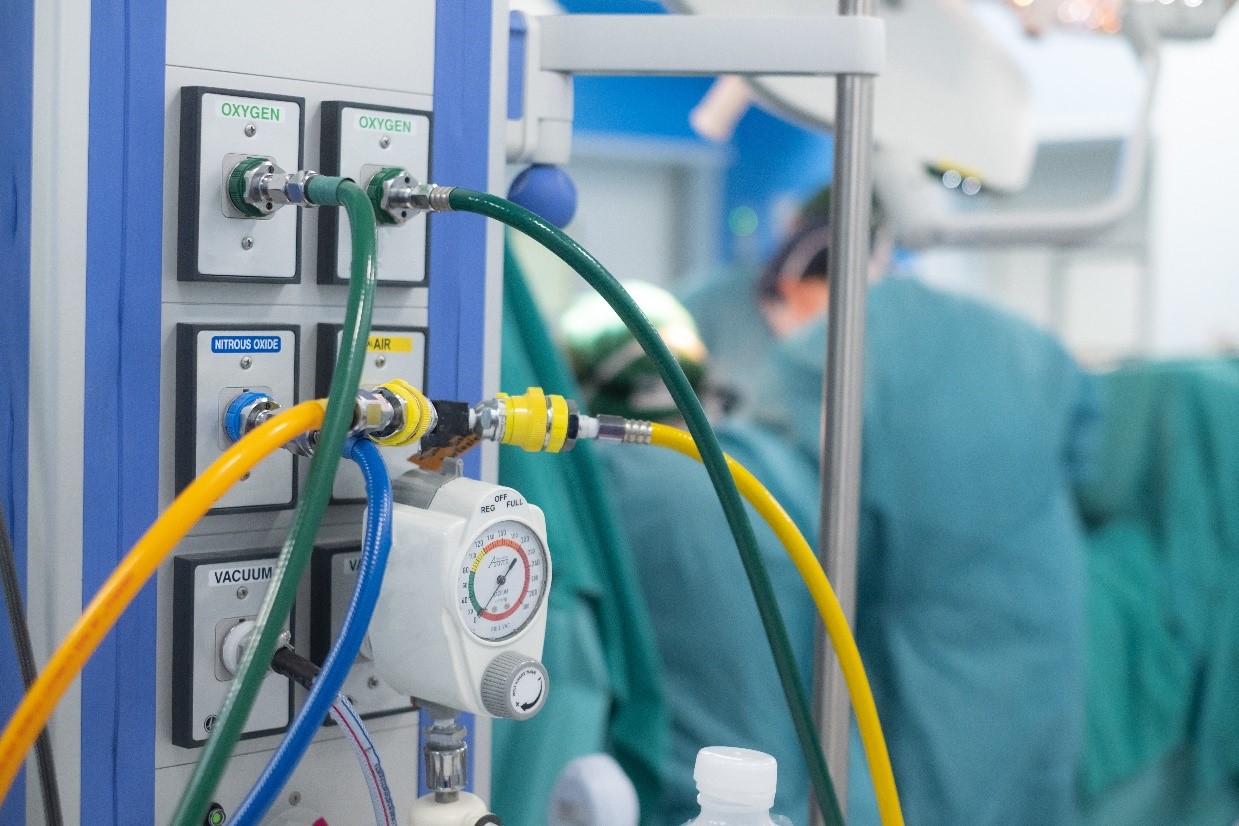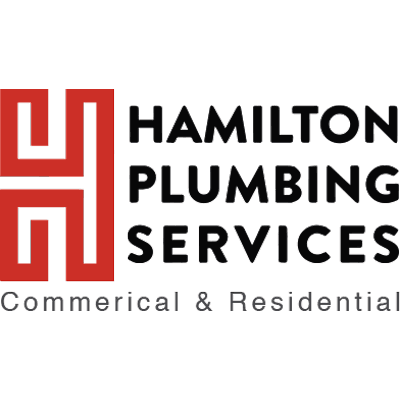Medical Gas Systems
Medical Gas Systems
Medical gas systems in healthcare facilities and hospitals are a critical element of patient care. One of the critical responsibilities of a Certified Healthcare Facility Manager is to ensure their facility remains compliant with regard to the use of medical gases.
Compliance
Compliance requires that all repair, maintenance and inspections are conducted by accredited personnel, usually a third party specializing in medical compliance. Whether you’re renovating a healthcare facility or under new construction, knowing the requirements prior to installation can prove be a “life-saver” for your facility as well as your patients.
Each construction site is unique. There’s no way every installation conflict can be anticipated. By pre-planning and working with a certified installer such as Hamilton Plumbing Services, your verification will be a snap. We can also provide a checklist of the most common problems as well as a list of tests each vendor needs to follow.
Proper Installation
Proper installation needs to be flawless and work efficiently. There are 4 components of medical gas systems that work together to deliver or remove medical gases in a healthcare facility.
- Pipe Fitting – is an important aspect of medical gas. As stated above, materials must adhere to proper piping for distribution.
- Storage – Production, storage and delivery is a complex process. Storage is a key factor in safety. Cylinders are color coded and labeled for content identification. When dealing with “bulk” storage, for example a bulk liquid oxygen – NFPA requires hospitals to maintain a backup gas supply.
- Delivery – After installation, ensure that gas flow and pressure are consistent and unimpeded.
- Waste -A WAGD (Waste Anesthetic Gas Disposal) system ensures that gas is making its way safely outside, without getting trapped in the anesthetic gas system, maximizing the safety of the physicians and patients as well as securing the OR.
The use of medical gas requires proper installation, consistent maintenance, testing/monitoring, safety practices and inspection. Faulty medical gas installation can result in a hazardous situation. Whether you’re renovating an older facility or planning new construction, healthcare facilities must have the knowledge and experience to handle medical gas safely and properly. If you have questions regarding medical gas system installation, give us a call.
For more information or a FREE ESTIMATE

